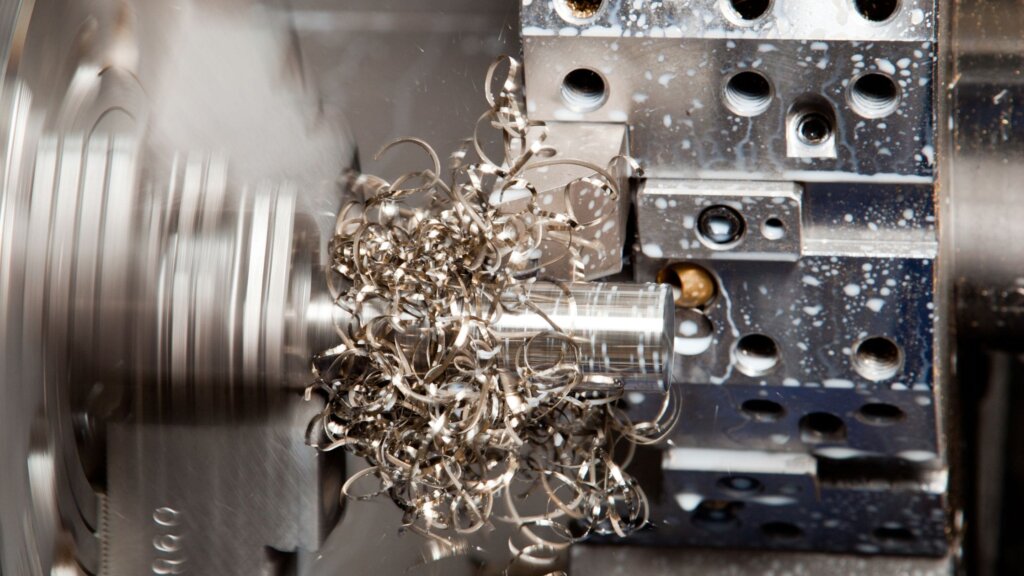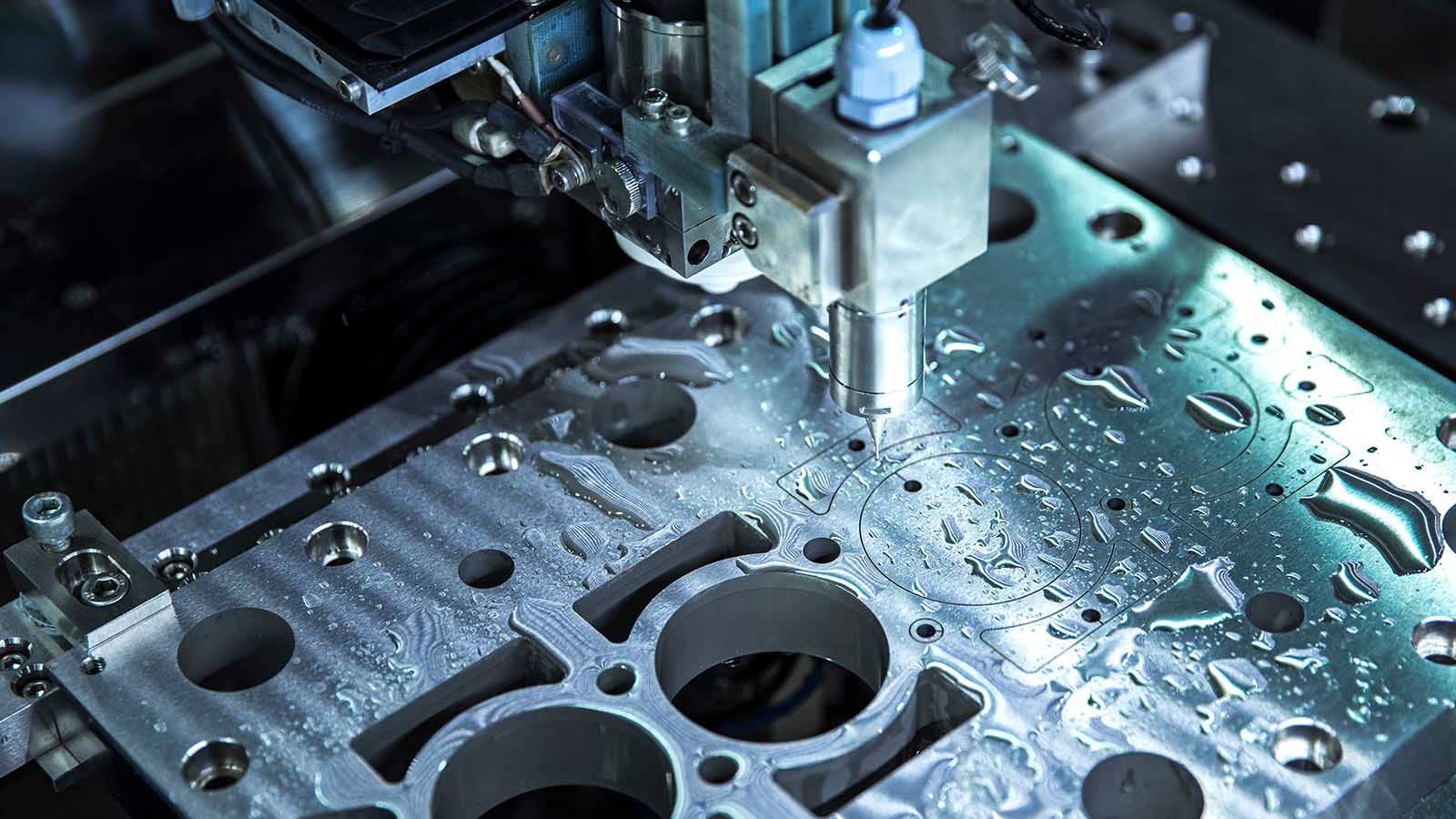Fasteners and Machining: Customized Solutions for each Production Requirement
Wiki Article
Browsing the Globe of Fasteners and Machining: Methods for Accuracy and Speed
In the detailed realm of fasteners and machining, the pursuit for precision and speed is a continuous challenge that demands thorough attention to information and strategic planning. From recognizing the diverse variety of fastener types to choosing optimum materials that can hold up against strenuous demands, each action in the process plays an essential role in attaining the preferred end result. Precision machining strategies further boost the complexity of this craft, calling for a fragile balance in between technical competence and innovative techniques. As we dive into the strategies that can boost both speed and efficiency in this domain name, the interplay between top quality control measures and functional excellence becomes a vital focal factor.Understanding Bolt Kind
When choosing bolts for a task, comprehending the numerous types available is essential for guaranteeing optimal performance and reliability. Bolts are available in a large range of types, each made for certain applications and demands. Bolts are made use of with nuts to hold materials together, while screws are functional fasteners that can be used with or without a nut, relying on the application. Nuts, on the other hand, are internally threaded bolts that mate with screws or bolts, providing a safe and secure hold. Washing machines are vital for distributing the lots of the fastener and preventing damages to the material being attached. Furthermore, rivets are permanent bolts that are optimal for applications where disassembly is not required. Recognizing the distinctions between these fastener kinds is vital for choosing the right one for the work, guaranteeing that the link is strong, sturdy, and reputable. By selecting the proper fastener kind, you can enhance the efficiency and durability of your task - Fasteners and Machining.
Selecting the Right Products
Comprehending the relevance of selecting the ideal products is vital in ensuring the ideal efficiency and dependability of the picked bolt kinds discussed previously. When it involves fasteners and machining applications, the material selection plays a crucial role in figuring out the total toughness, sturdiness, deterioration resistance, and compatibility with the intended environment. Different materials use differing properties that can substantially influence the performance of the fasteners.Usual materials made use of for fasteners consist of steel, stainless steel, aluminum, brass, and titanium, each having its distinct toughness and weaknesses. Steel is renowned for its high toughness and toughness, making it suitable for a vast range of applications. Picking the best product includes taking into consideration aspects such as strength demands, ecological conditions, and budget plan restraints to make sure the wanted performance and long life of the fasteners.
Precision Machining Techniques

In addition to CNC machining, various other precision strategies like grinding, turning, milling, and boring play vital functions in bolt production. Grinding assists attain fine surface coatings and tight dimensional resistances, while turning is usually used to produce round components with accurate sizes. Milling and drilling operations are necessary for forming and creating holes in bolts, guaranteeing they meet exact specs and feature correctly.
Enhancing Speed and Performance
To optimize fastener production procedures, it is necessary to improve procedures and implement effective strategies that match accuracy machining techniques. One crucial approach for enhancing speed and look at this site effectiveness is the execution of lean manufacturing principles. By minimizing waste and concentrating on continuous renovation, lean practices help enhance and remove traffic jams workflow. Furthermore, buying automation innovations can considerably enhance production speed. Automated systems can manage repetitive tasks with accuracy and rate, allowing workers to focus on more complicated and value-added tasks. Embracing Just-In-Time (JIT) supply management can likewise boost efficiency by making sure that the right materials are readily available at the ideal time, reducing excess supply and lowering lead times. In addition, promoting a society of cooperation and interaction among group members can enhance general performance by advertising openness, analytical, and advancement. By combining these techniques, makers can attain an equilibrium in between speed and accuracy, inevitably boosting their one-upmanship in the bolt market.Quality Assurance Measures
Carrying out strenuous high quality control steps is vital in making certain the dependability and uniformity of bolt products in the manufacturing procedure. Quality control measures include different stages, beginning with the selection of basic materials to the last assessment of the completed fasteners. One fundamental aspect of high quality control is carrying out thorough material examinations to validate compliance with requirements. This involves analyzing factors such as material make-up, longevity, and toughness to guarantee that the bolts fulfill sector criteria. In addition, keeping track of the machining processes is vital to maintain dimensional precision and surface area coating click over here now top quality. Making use of innovative technology, such as automatic examination systems and precision measuring tools, can improve the accuracy and effectiveness of high quality control treatments.Routine calibration of equipment and equipment is crucial to maintain consistency in manufacturing and guarantee that bolts fulfill the necessary resistances. Implementing stringent protocols for determining and resolving non-conformities or flaws is vital in avoiding substandard products from entering the marketplace. By developing a comprehensive high quality control framework, suppliers can promote the reputation of their brand name and supply fasteners that meet the highest standards of why not check here efficiency and toughness.
Verdict

In the elaborate realm of fasteners and machining, the mission for accuracy and rate is a perpetual obstacle that demands thorough attention to information and critical preparation. When it comes to bolts and machining applications, the product option plays an essential role in figuring out the general stamina, sturdiness, rust resistance, and compatibility with the intended atmosphere. Precision machining involves numerous innovative techniques that guarantee the tight resistances and requirements needed for fasteners.In addition to CNC machining, various other accuracy methods like grinding, transforming, milling, and exploration play vital duties in bolt production.To optimize bolt manufacturing processes, it is important to streamline procedures and carry out effective strategies that enhance precision machining strategies.
Report this wiki page